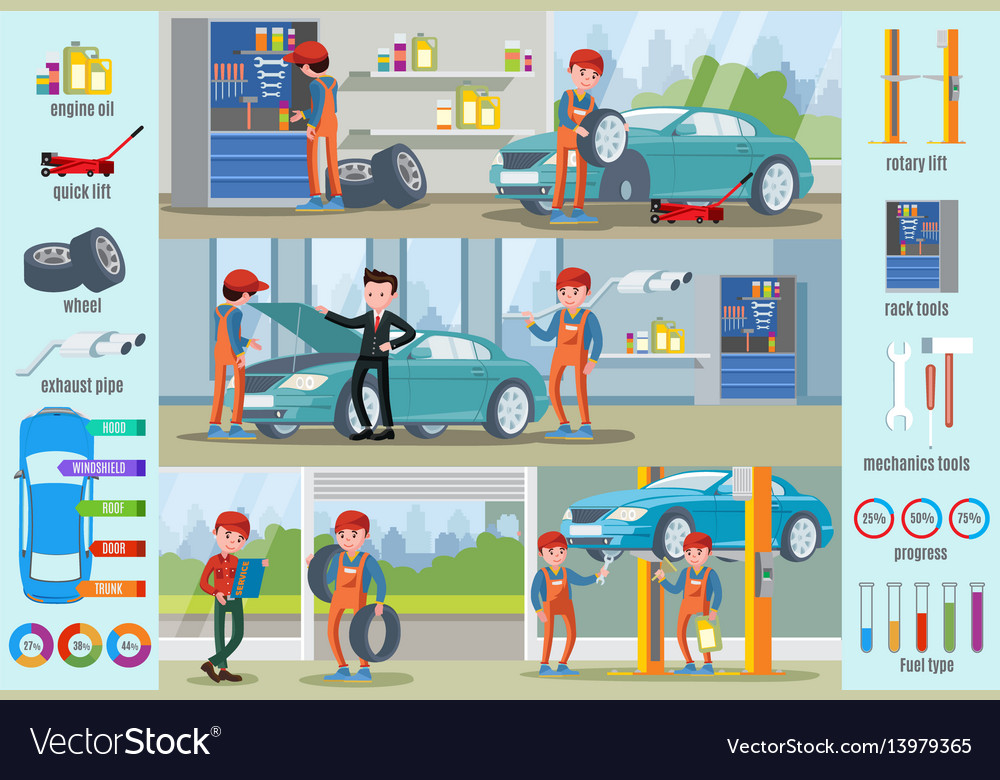Understanding Your Automobile'S Caution Lighting: What Do They Truly Mean?
Understanding Your Automobile'S Caution Lighting: What Do They Truly Mean?
Blog Article
brake bleeder repair kit -Cummings Dreier
When you're behind the wheel, those radiant warning lights on your dashboard can be a little bit perplexing. Do you know what they're attempting to tell you regarding your cars and truck's wellness? Understanding the value of these lights is important for your security and the durability of your lorry. So, the next time among those lights pops up, wouldn't you want to analyze its message accurately and take the needed actions to address it?
Common Caution Lights and Interpretations
Identify typical caution lights in your car and understand their significances to ensure risk-free driving.
One of the most normal warning lights include the check engine light, which indicates issues with the engine or emissions system. If this light comes on, it's important to have your automobile examined immediately.
The oil pressure advising light suggests low oil stress, requiring immediate focus to prevent engine damages.
A blinking battery light may recommend a defective billing system, potentially leaving you stranded if not dealt with.
The tire pressure monitoring system (TPMS) light signals you to reduced tire stress, impacting car stability and fuel efficiency. Overlooking this can lead to hazardous driving conditions.
The abdominal light shows a trouble with the anti-lock stopping system, jeopardizing your ability to stop swiftly in emergencies.
Last but not least, the coolant temperature advising light warns of engine overheating, which can cause severe damages otherwise resolved promptly.
Recognizing these common caution lights will certainly aid you attend to concerns quickly and keep secure driving conditions.
Significance of Prompt Focus
Understanding the typical warning lights in your automobile is only the very first step; the importance of promptly dealing with these warnings can not be emphasized sufficient to guarantee your safety when traveling.
When a warning light illuminates on your dashboard, it's your car's way of connecting a possible concern that requires attention. Neglecting these cautions can lead to extra severe problems later on, endangering your safety and security and possibly costing you more out of commission.
Motivate attention to warning lights can avoid failures and accidents. As an example, a flashing check engine light might show a misfire that, if left unattended, can trigger damage to the catalytic converter. Addressing this promptly can conserve you from a pricey repair service.
Similarly, a brake system warning light may signal reduced brake liquid or used brake pads, vital components for your security when driving.
Do It Yourself Troubleshooting Tips
If you see a warning light on your dashboard, there are a few DIY fixing pointers you can attempt before seeking specialist help.
The first step is to consult your car's guidebook to recognize what the specific caution light shows. Often the issue can be as basic as a loose gas cap activating the check engine light. Tightening https://cesarkdune.blogdun.com/28881848/under-the-hood-a-day-in-the-world-of-an-automotive-repairer may deal with the problem.
Another typical problem is a low battery, which can cause numerous warning lights. Inspecting the battery links for corrosion and guaranteeing they're protected might repair the problem.
If https://www.autoblog.com/2021/12/16/how-to-get-around-car-anti-theft-device-immobilizer/ lingers, you can try resetting it by disconnecting the automobile's battery for a few minutes and after that reconnecting it. Additionally, checking your car's liquid levels, such as oil, coolant, and brake fluid, can aid troubleshoot advising lights connected to these systems.
Verdict
To conclude, recognizing your vehicle's warning lights is essential for keeping your car running efficiently and securely. By immediately dealing with these notifies and recognizing what they imply, you can prevent expensive repairs and prospective breakdowns.
Remember to consult your cars and truck's manual for specific details on each alerting light and act as necessary to ensure a trouble-free driving experience.
Remain educated, stay risk-free when traveling!
